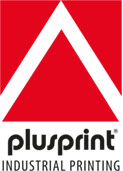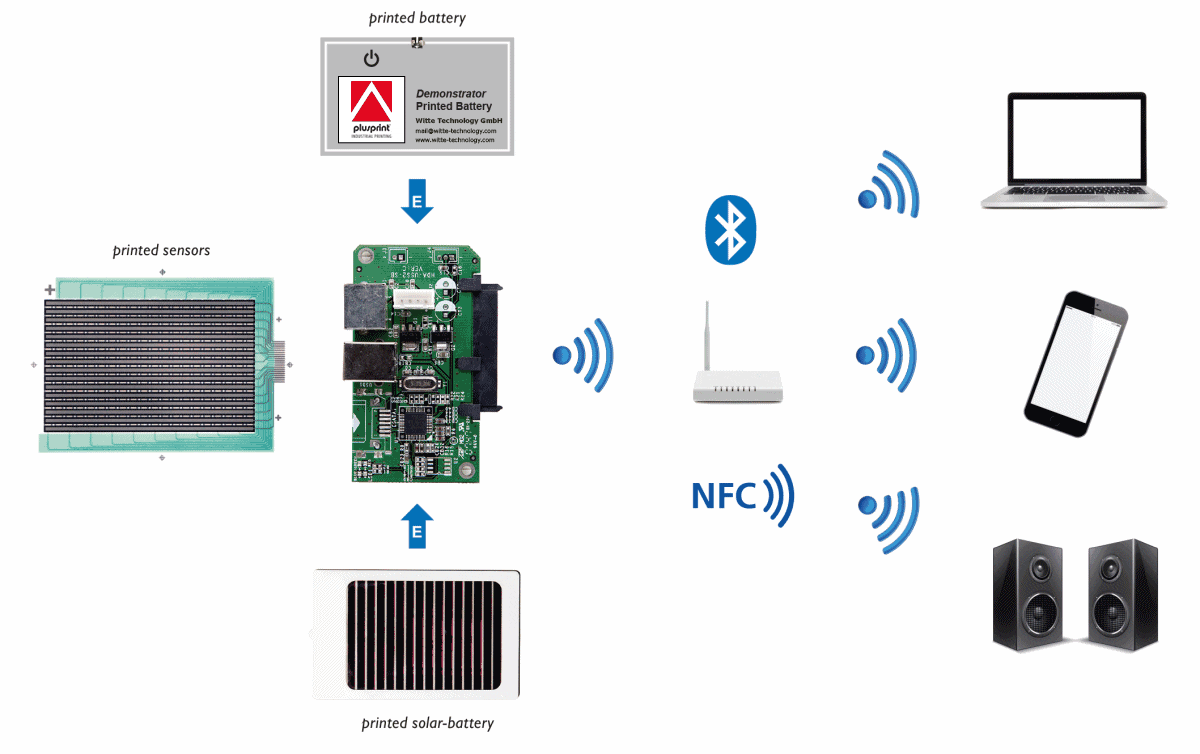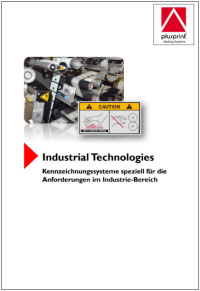Printed electronics – printelectric®
All information about the product
Printed Electronics: A Fascinating Technology with a Promising Future
Printed electronics as functional printing is an excellent example of groundbreaking printing techniques. In summary, it is understood to mean electrical/electronic components manufactured using “printable” functional fluids (“materials”). The individual layers required for the components are made using known printing processes, such as screen, flexo, gravure and inject printing and can be both insulating, electrically conductive and semi-conductive. We have been working with this future-oriented topic since 2017, specializing in the combination of printed components and elements of conventional electronics – hybrid or PolyTronic, as it were.
Components that belong to the “printed electronics” category include special conductor tracks and electrode structures, batteries, sensors, heating elements, NFC antennas, organic light-emitting diodes (OLED), organic photovoltaics (OPV) and transistors. If you compare, for example, the printed transistor with that of conventional electronics, the smallest transistor that can be produced using printing processes is a thousand times larger (µm range) than those in conventional electronics (nm range).
Printed Electronics: Opportunities Beyond the Classic Approach
You have done it: There are now numerous areas of application in which printed and organic electronics are used. Its advantages, such as compactness, cost and energy efficiency even pave the way for it into the broad mass markets and open up undreamt-of technical and design possibilities for many industries. Form and shape, such as for printed batteries or antennas, are almost unlimited. In addition to the current OLED televisions fitted with OLED components that are vacuum-evaporated, this applies, for instance, to:
- Temperature sensors for food packaging
- Electronic product label to protect against counterfeiting
- Extremely thin and flexible displays
- Luminous foils
- Printed sensors and antennas for the automotive industry
- Printed batteries
- And much more
Printed Electronics at the Witte Technology GmbH
Although the core area of the Witte Technology GmbH was (and still is) label and security printing, we decided early on to include printed electronics in our service portfolio. As a result, we quickly realized that there are interesting synergies between the different segments, particularly with regard to digital and printed security features. At the moment we offer printed batteries, NFC antennas, sensor elements, smart packaging (SmartPack) and partly SmartLabel, while we are developing parallel complex components. We mainly rely on R2R screen and flexo as well as S2S screen printing.
Would you like to learn more about the topic? Then do not hesitate to contact us. Our experts will be happy to answer your questions. Of course, this also applies if you would like non-binding advice on another of our numerous specialist areas: from thermal transfer printers to self-adhesive label solutions to printed electronics, we are here for you!
The advantage compared to conventional electronics:
Extremely thin, flexible and partially transparent electronic components for a wide variety of usage areas – such as entertainment electronics, packaging, automotive, the pharmaceutical industry, energy or white goods.
The result is innovative products such as touch sensors, flexible displays or solar cells, illuminated films or smart labels and fully printed components for implementing the Internet of Things (IoT).
Printed electronics, i.e. electrically conducting or semiconducting functional fluids, which are printed over a large area and at low cost onto film, paper, glass or textiles and make functional layers and/or complex circuit layouts possible because of their specific properties.
The use of the printing technology makes the production of 2-dimensional, flexible, technical components possible, which provides completely new possibilities for future new developments.
Depiction of possible combinations of printed and conventional electronics such as the Internet of Things (IoT):
Download the printelectric® flyer in English here!
Download the printelectric® product information here!
And you can download the product overview here!
The Witte Technology Sensor Series
Sensors have a long history and we encounter them every day –in private environments, like in thermometers, scales or light barriers – even long before the digital age. They are components that detect changes in the state of physical quantities and convert them into electrical signals. Although conventional sensors are particularly powerful, they are sometimes too massive, unstable, and expensive. Electronic conductors printed on thin substrates have paved the way for an alternative sensor technology that is extremely thin, durable and cost-effective, thus coming into play for new digital application areas.
Humidity sensors

The PrintElectric® humidity sensor is a three-layer printed electrode that registers humidity levels of 15–85% and shows no degradation – even at higher levels. Certain variants have particularly high repeatability and a sensor range of 85%. The values of these three-layer, screen-printed IDE electrode structures can be read using a simple FPC or crimp connector.
Printed moisture sensors can be integrated into a flat roof, for example, as flexible conductive tracks that trigger an alarm in the event of a short circuit and prevent serious consequential damage with this monitoring function. Printed humidity sensors also have other applications, like as monitoring instruments in logistics or medical technology for intelligent wound care.
The extent to which printed electronics are already present in our everyday life is shown by standard applications in the automotive area, for example: Amongst other things, printed antennas, integrated pressure sensors for seat occupancy detection, self-dimming rear view mirrors and medical testing strips in the pharmaceutical area.
Printed electronics are used in areas such as
- Heating areas
- Illuminated areas
- Batteries
- Solar cells
- Sensors
- Keyboards
- Displays
Intelligent objects are being created from simple products in this way. Luminous wallpaper or intelligent food packaging for gap-free monitoring of the cooling chain have only been a vision until now, but are technically feasible.
Organic photovoltaic cells with which entire building envelopes can be covered are providing new impetus in the energy sector.
Download the printelectric® flyer in English here!
And you can download the product overview here (available only in German)!

Got questions?
We would be pleased to advise you!
Customer service centre
Telephone number: +49 2536 991-0
Fax: +49 2536 991-191
plusprint [at] witte-technology.com






